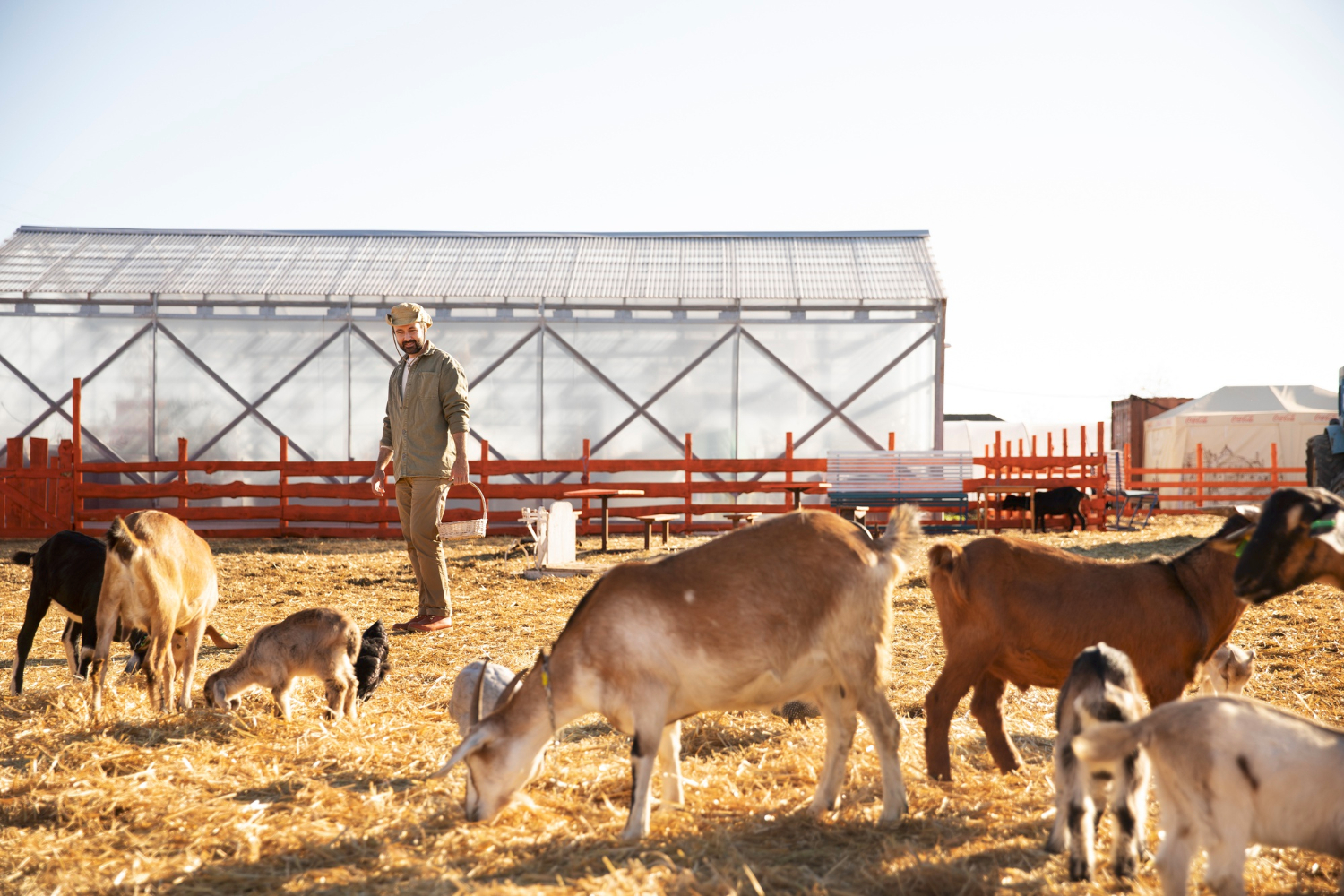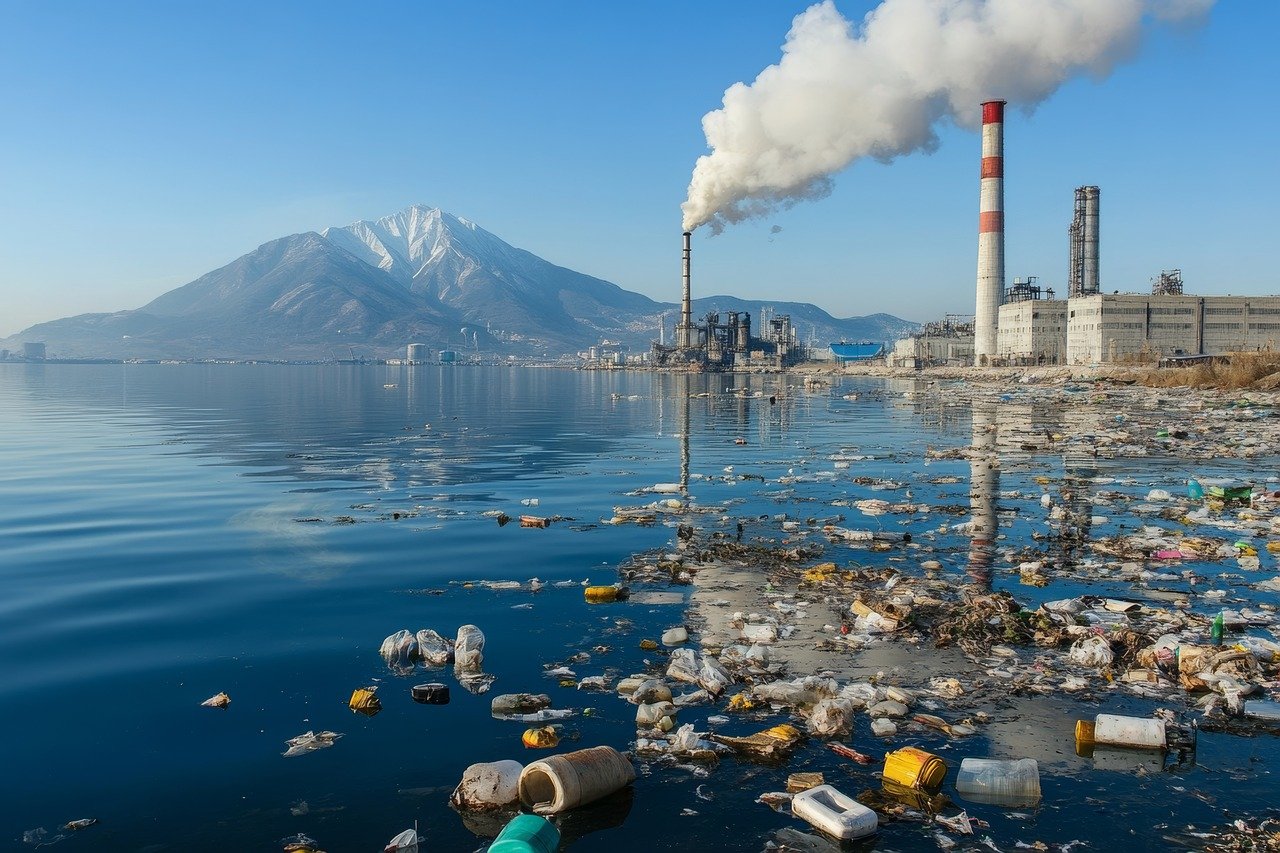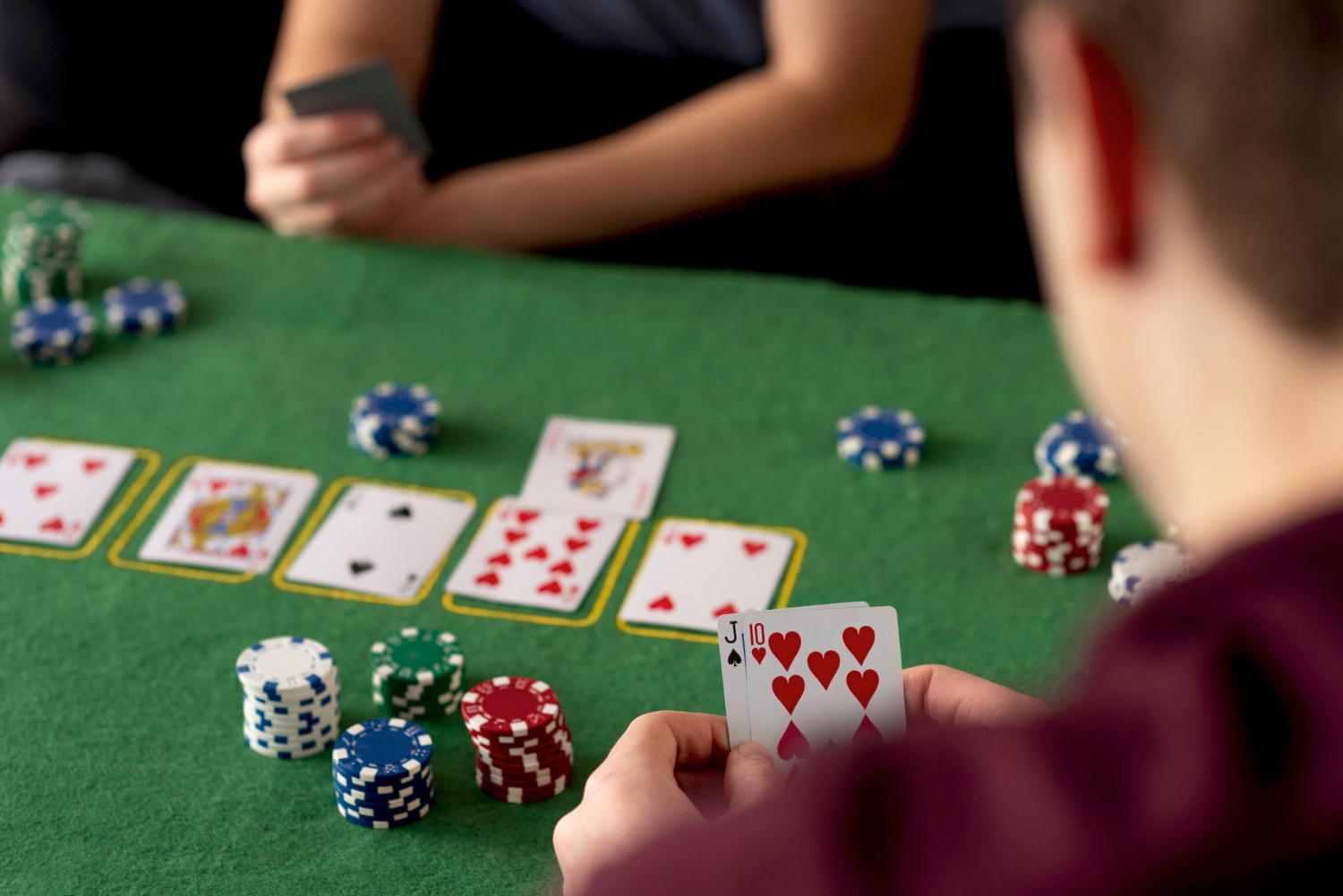
Gotta Develop It All
The Economics of Pokémon: Development, Pricing, and Wealth
Read a summary using the INOMICS AI tool
Almost everyone has heard of Pokémon: it’s the highest-grossing media franchise in the world1. The core concept is also familiar to most people – in the Pokémon world, quasi-magical creatures live alongside people in idyllic, family-friendly harmony.
The world that Pokémon presents has won over the hearts of kids and adults alike for decades. Trading cards, video games, movies and TV shows, collectible plushies, action figures, and much, much more have been commissioned from the franchise, earning it an impressive (estimated) $98.8 billion since its inception in 19961.
The way this fictional world functions has some interesting implications for the economics of the society living there. Let’s assume that the internal logic of the world – people and Pokémon living in harmony in a seemingly modern world, where Pokémon can battle but do no lasting harm – is reasonable, and examine the implications for the economy.
Domestication and industrialization in the Pokémon world
The clear place to begin is by examining the economic implications of the Pokémon themselves. The Pokémon world features an absolute abundance of these essentially magical creatures, and they’re both unquestionably friendly to humans and easy to domesticate. The existence of Pokémon should lead to a massive boost in economic productivity compared to a world without these creatures, leading to rapid industrialization with a fraction of the human population.
In our world, domesticating creatures like oxen, horses, cows, and camels led to massive changes in our quality of life, allowing humans to cultivate consistent sources of wool, meat, and muscle power. Both livestock and work animals were major factors helping early humans build their societies and grow – in fact, according to Jared Diamond’s Guns, Germs and Steel and other research, having animals nearby that were domesticable and useful was a major factor in determining how rich societies would be centuries later.

Image credit: Freepik.com.
Now, just picture an ox that can control the weather in addition to pulling your plow, and you’ll have a good idea of why early Pokémon-world societies would have skyrocketed past our own in development.
Many Pokémon have powers relating to one of the nineteen elements identified by the franchise. One of the most obviously beneficial to an economy is the Electric type. In numerous episodes and video games, it’s been shown that a small number of Electric Pokémon can produce a massive amount of power.
In Pokémon Gold and Silver, for instance, a single Pokémon powers the lighthouse for the port city Olivine, and it was (evidently) so reliable that when it gets sick, the lighthouse shuts down. The city didn’t have any contingency plan for this single-Pokémon power generator, presumably because it hadn’t ever needed to worry about it.
Energy is crucial to the function of the economy, and developing electrical systems that could efficiently power our society took hundreds of years of innovation. To this day, producing power cheaply and efficiently is a major concern for nations around the world, and the prices of energy are a major concern for consumers.
If easily-domesticated, electricity-generating Pokémon were readily available, power would (very likely) be incredibly cheap across the board, and Pokémon society probably would have advanced to utilizing electrical energy with incredible speed compared to our own. Perhaps the Industrial Revolution would have skipped the usage of coal and other fossil fuels entirely, producing electricity by sustainably harnessing the friendly lightning monsters (though it’s worth noting that there is a rock-and-fire Pokémon made of coal that could have spurred the Industrial Revolution as we know it on its own, so they could have gone that route too).
This may even explain why the human population in Pokémon appears to be pretty low compared to our world. In Pokémon, there are relatively few major cities spread wide across various continents, each populated with thousands of people (to give a generous estimate).
But if it was far easier for people to industrialize – especially as Pokémon can help provide labor to actually build things – it’s feasible that a much smaller human population was able to modernize extremely fast, before exponential population growth was able to produce as many people as we have in our world today. In the Pokémon world, Thomas Malthus may even have been an optimist.

Image credit: Pixabay.
Infrastructure and the environment
Electricity isn’t the only benefit these creatures provide to their human counterparts, though. Other Pokémon have been shown to be consistently useful and reliable throughout the franchise’s history, providing services such as labor (helping with construction projects and moving services), helping with gardening, ferrying across water, digging, delivering mail, assisting with cooking, and much more.
For example, flying Pokémon have been used to taxi people around entire nations free of charge, ensuring rapid travel (for example, the Corviknight taxis shown in Pokémon Sword and Shield). Although a bird probably can’t fly as fast as an airplane, having an accessible and free taxi service would be immensely useful as a supplement for riding the subway or driving.
In fact, very few cars and roads are shown in the Pokémon world, probably because of the existence of these free taxis, and the fact that individuals can simply train their own flying Pokémon to take them around.
But that’s not to say that the Pokémon world is bereft of infrastructure. Paved and unpaved roads, highways, and especially ferry, train and subway systems abound. There’s even a space station and a naval base housing research submarines in Pokémon Ruby and Sapphire. It just so happens that personal automobiles are relatively rare throughout the series, most likely because of the ease of transit that flying Pokémon willingly provide.
This lack of cars and fossil fuels contributes to another factor that Pokémon seem to have helped with – environmental friendliness. The usage of Pokémon in many capacities such as power generation and travel has allowed the societies in the Pokémon world to become extraordinarily sustainable by our standards.
Nature is abundant in almost every single Pokémon setting that’s been shown, and pollution is nearly unheard of. This is consistent in a world where neighborhood animals can be domesticated and harnessed to perform such a wide variety of useful economic functions. There are even poison-type Pokémon that eat trash as part of their diet, making cleanup even easier!

Image credit: Pixabay.
As we’ve discussed on our blog before, nature is incredibly valuable to our societies, but is also very fragile. If Pokémon had existed in our world and helped us develop with such high levels of sustainability throughout history, it’s likely that global warming – one of the major challenges currently facing our generation – would be very mild or even nonexistent.
While our world is still struggling to transition to green energy, the world of Pokémon was able to leverage domestic creatures to produce green energy from the start. And, the abundance of energy likely means that energy prices are very cheap. But certain goods in the Pokémon world are anything but…
Interpreting Pokémon’s Odd Prices For Consumer Goods
Clearly, the Pokémon world gained a myriad of benefits from the titular “pocket monsters” themselves that allowed society to flourish. One would expect the Pokémon economy to be doing quite well, then. But the prices seen throughout the world (especially via the games) often vary greatly compared to our own, and seem to make no sense on first glance.
For example, in the original Pokémon games, a single bike costs one million “dollars”! The bike is completely unpurchasable, as the character can only hold up to $999,999 (the English translations call the currency “Pokémon dollars”, but the Japanese originals use yen – here we simply refer to dollars, and use the $ symbol).
Other prices seem nonsensical too. Vitamins such as iron, zinc, and calcium are widely available for purchase, but often cost around $10,000. Meanwhile, many other valuable items are priced far cheaper than mundane objects like bikes. For instance, Pokéballs – the items used to catch and house friendly Pokémon – typically cost only $100, and valuables like a “big nugget” of gold typically sell for $10,000, while a high-quality pearl goes for $3,750.
But, rather than throw this evidence away as the unrealistic manifestations of a kid’s fantasy world, if we assume that Pokémon prices are rational, we can learn why the Pokémon economy may have reached such a wildly different equilibrium than ours.
There are some explanations for why these prices seem so odd, but could be legitimate. First, as cars are rare and Pokémon themselves often available for transport, bicycles may actually be a premium transportation option. Why buy a bike when you can just catch a small bird Pokémon for $100 that can fly you across the city, protect you from wild animals, and also be your favorite pet?

Image credit: Pixabay.
Vitamins may be expensive for a different, very important reason: feeding your Pokémon vitamins makes them stronger. In a world where Pokémon are so ubiquitous and useful, items that can make them stronger are likely in high demand, especially because Pokémon themselves are so easy to domesticate. This would massively increase the demand for supplements like vitamins compared to our own world. And, as Econ 101 has taught us, high demand for a limited supply of goods will increase the price.
Meanwhile, the ‘low’ prices for what we consider valuables like gold and pearls (only thousands of dollars compared to vitamins’ tens of thousands) can be explained by Pokémon, too. The cat-like Meowth wears a gold coin on its forehead, and has been depicted throwing a seemingly limitless supply of gold coins around. It even learns a battle move called Pay Day, which showers the participants in actual money that can be picked up by the Pokémon trainers, and spent (though this may be a herald of hyperinflation to come…). Similarly, Gholdengo is a Pokémon made of gold that also slings coins around with reckless abandon.
What about pearls? Clamperl is a very common bivalve Pokémon that makes one pearl during its lifetime. But in our world, natural pearls are rare – occurring in only one in every 10,000 mollusks naturally. By comparison, the Pokémon world would have a massive supply of natural pearls, since there is a 100% chance for any random clam to supply a pearl at least once (compared to the paltry 0.01% chance in our world). Naturally, this would reduce the price of a high-quality natural pearl compared to our world, and relative to other goods in the Pokémon economy.
More money, less problems
These conclusions also imply that being rich is a huge advantage in the world of Pokémon; rich people can afford to travel to catch rare Pokémon across the world, perhaps Pokémon like Gholdengo or Meowth who can simply create gold for them whenever they want. And, rich trainers would be able to afford a pharmacy’s worth of supplements to make their Pokémon grow more powerful faster than an average Pokémon trainer would be able to.
To that end, it’s worth noting that most of the professional Pokémon trainers shown throughout the series, like gym leaders and Elite Four members, often have no other job than to battle Pokémon and win tournaments. Meanwhile, most “regular” trainers that players in the Pokémon games encounter do have normal jobs – as janitors, chefs, daycare workers, actors, scientists, radio show hosts, and many more. This supports the idea that being rich allows someone the resources and time to “be the very best, like no one ever was”.
Despite this advantage, wealth inequality in Pokémon doesn’t appear to be a big issue. This, too, is sensible. In real life, sustaining oneself requires a large expenditure of effort to farm and maintain a home (or, to hunt and gather). In modern society, participating in the labor force by working is necessary to sustain oneself – few people have the expertise needed to leave society, move to the wilderness, and survive on their own (if there was even land available for them to legally do so).
But in the Pokémon world, the readily available aid of friendly creatures with (essentially) magical powers makes it much easier for individuals to support themselves. People could easily make a living with their Pokémon helping to support them, and protect them from wild animals. Further, the availability of widespread and free veterinary healthcare (in the form of Pokémon Centers) makes this even easier. Even tiny towns in Pokémon often have free Pokémon Centers.
Therefore, wealth itself seems to be less important for Pokémon people than it is for us. In fact, everyone in the Pokémon world – average people, the greatest trainers of all, even schoolchildren – consistently fork over real money to the winner of a Pokémon battle. This is an unspoken norm, and seemingly never a problem for anyone – people simply pay what they can to the winner.
This cultural norm can be likened to a form of friendly, low-stakes, buy-in poker. In our world, friends sometimes come together, put a small sum of money into a “pot”, and let the winner take all for a fun game night. But this practice or norm rarely extends beyond a group of trusted friends.

Image credit: Freepik.com.
The unspoken agreement to have a friendly wager in the Pokémon world for every battle, even between complete strangers, suggests both widespread trust and that wealth itself is simply less valuable for these people than it is for us. Few people seem bothered about losing some cash for the sake of a Pokémon battle, which seems very much like a sport for them.
Pokémon Sword and Shield especially depicts Pokémon battles as a nationwide sport, and combatants are always depicted as friendly challengers – certainly more friendly than boxers in a ring. In the Pokémon world, people already have freely accessible transportation, booming economies, easily domesticable magical creatures, and more – so why worry about a bit of loose change?
In summary
Human society in the Pokémon world benefited greatly from its titular creatures. Their domestication spurred far-reaching and rapid economic growth, developing society to a modern-like level of technology, seemingly without a negative impact on the environment or even a difficult transition period to using green energy. The Pokémon’s abundance and friendliness further led to a prosperous society where people seem to have few needs, and where the creatures themselves – understandably – are a central feature of the culture.
While we don’t have Pokémon in our world, we do have domestic animals, many of which are dearly beloved – and many of which carried our early societies on their backs. Remember, we owe a great debt to nature and to our livestock, even if they might not be able to summon rain or fly you to the supermarket.
References
1: Highest-grossing media franchises on Wikipedia
Header image credit: Pixabay.
-
- Scuole Estive
- Posted 1 week ago
Max Planck Summer School on the Political Economy of Conflict and Redistribution 2026
Starts 7 Sep at Max Planck Institute for Tax Law and Public Finance in Berlin, Germania
-
- Professor Job
- Posted 1 week ago
The Kemmy Professorship of Economics at the University of Limerick
At University of Limerick in Limerick, Irlanda
-
- Conferenza
- Posted 1 week ago
Call for Papers 2026 Vienna-Copenhagen Conference on Financial Econometrics
Between 13 Aug and 15 Aug in Vienna, Austria











